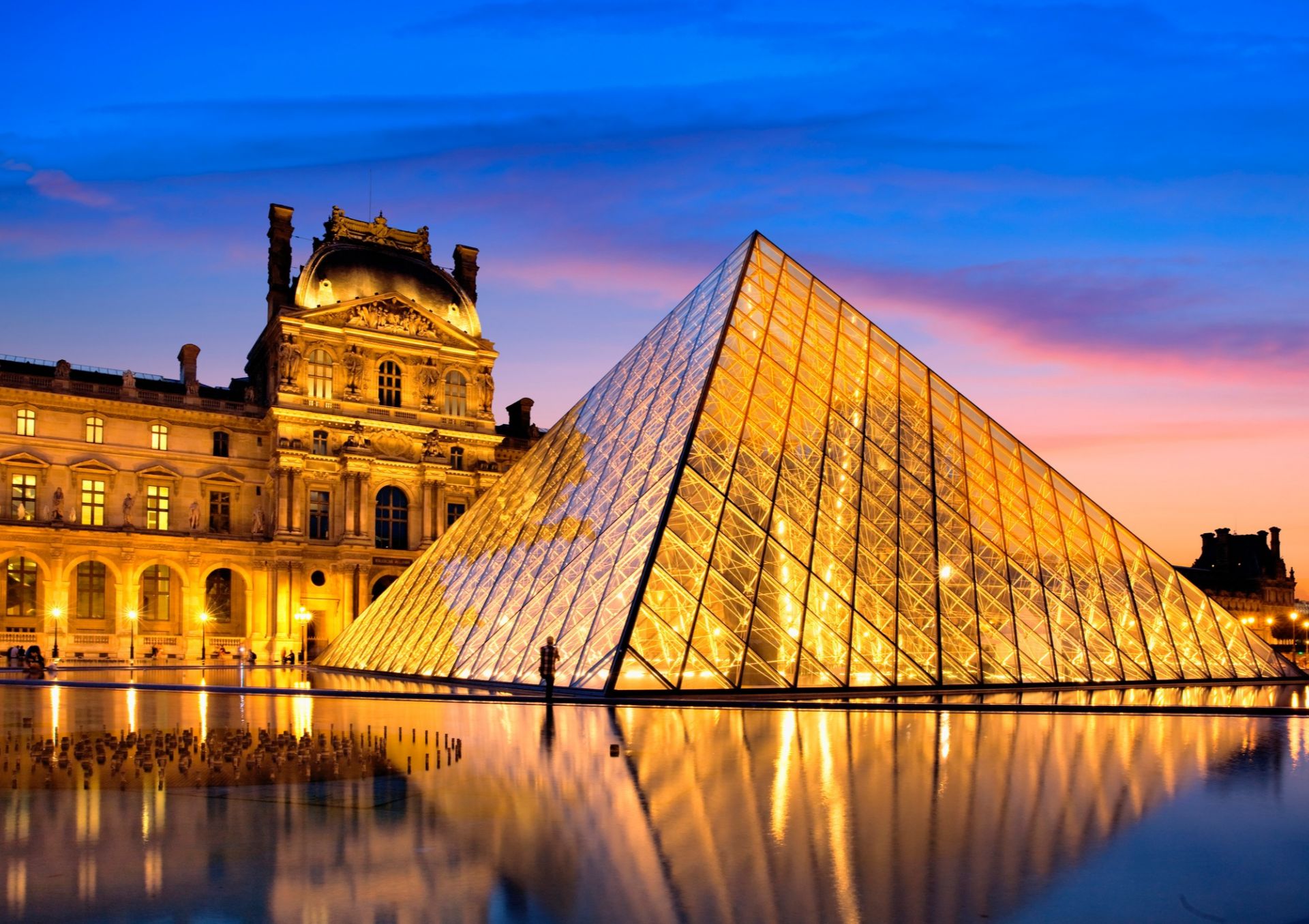All content and media files are published under a Creative Commons Attribution-ShareAlike 4.0 International License (CC BY-SA 4.0)
The most famous museum in the world with a record-breaking number of visitors per year, which has long exceeded 10 million people, the genuine pride of this romantic country and the hallmark of its capital spreads over about 73 thousand square meters, housing hundreds of thousands of valuable exhibits, the heritage of all countries in the history of humanity. This is how, in a nutshell, you can describe the largest museum on earth, the celebrated Louvre Museum.
One of the oldest museums in the world is built on a stone castle tower, erected in 1190 by King Philip II of France to get a sight of the Viking invasion in time. Only many years later, in the mid-16th century, by order of King Francis I, the construction of the royal residence began in place of the ancient castle, which Henry IV later connected with the Tuileries Palace. With each next king, the palace also grew, and the best masters of France were engaged in its decoration. And although the idea of creating a museum within its walls came to discussion more than once, for the first time, the Louvre opened its doors as an art museum only in 1793, after the French Revolution. The Italian canvases of Francis I and the royal collection of Louis XIV formed the backbone of the museum’s first public collection, numbering more than 2,500 thousand artworks. The wealthiest people in the world donated their collections to the museum, and wars brought trophies. French ambassadors in all countries of the world got hold of such marvels of world art as Venus de Milo and Winged Victory of Samothrace.
Today the Louvre collection numbers more than 300 thousand exhibits, and only 35 thousand of them are displayed in its halls. Its galleries house collections of the Ancient East from the Neolithic Age and Ancient Egypt, Ancient Greece and Rome, Islamic artworks, several halls with statues from different periods, and a considerable number of valuable paintings from the Middle Ages to the mid-19th century. Every guest of France should definitely visit both Paris and the Louvre. Still, you’d better devote at least a few days to the museum as it is the only way to appreciate its opulence, reverently collected bit by bit for the love of art.
